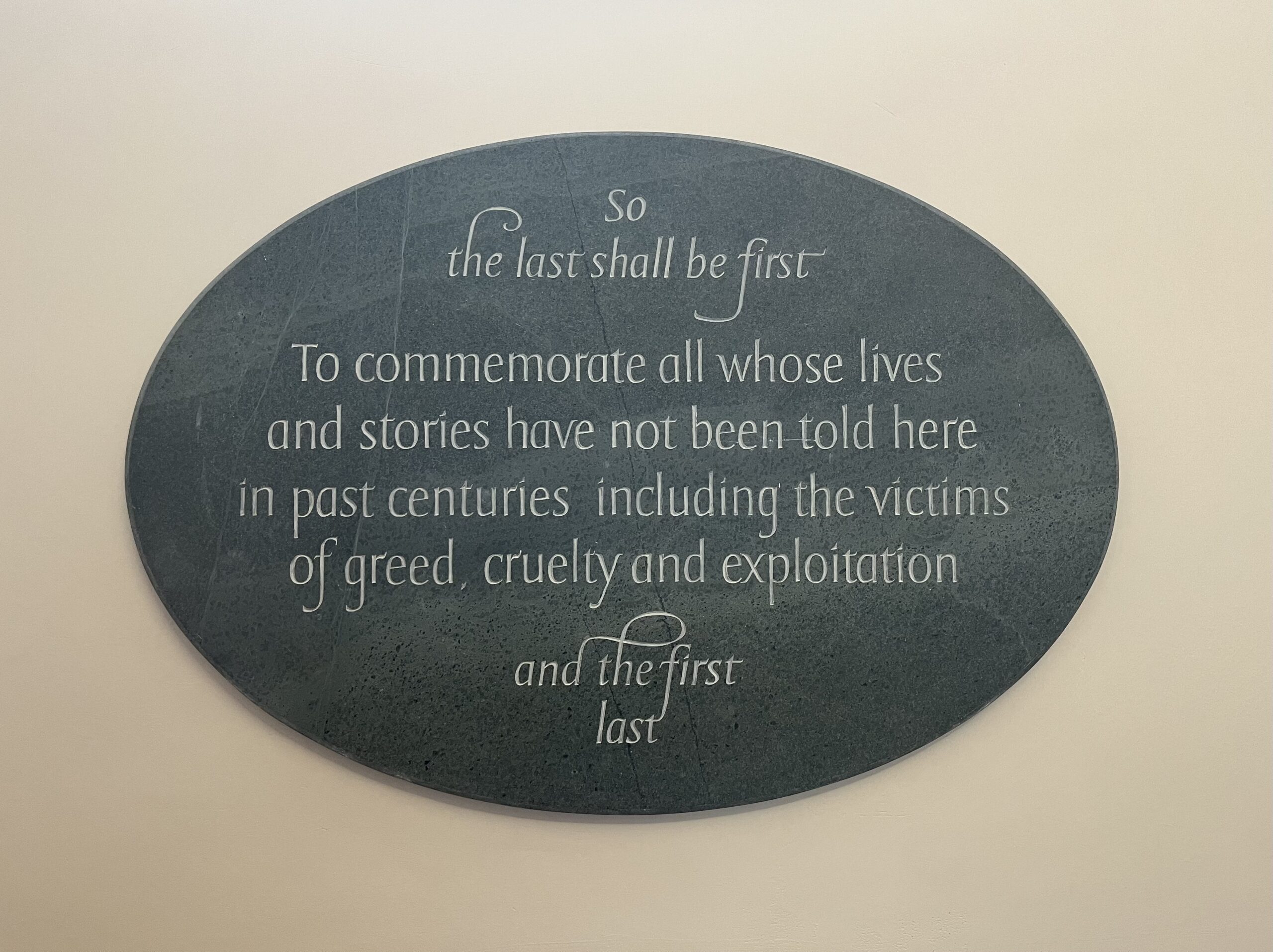Heritage
Contested Heritage at St Marylebone

Heritage and the built environment should be a source of knowledge and understanding for everyone. Today, parts of a nation’s ‘heritage’ might be, rightly, contested. By ‘contested heritage’ we mean “historic objects, buildings or places whose received or conventional narratives are currently being challenged” (Historic England, 2020).
The markers and symbols of the past are a powerful means in understanding and interpreting the past. Around the world, both in conflict and in peace time, throughout history, individuals and groups have focused on aspects of the historic environment to help them to assert, defend or deny a particular version of history. When an object or place becomes contested, strongly held views tend to emerge on all sides.
England has a rich and complex history; it’s buildings, monuments and places sometimes bring us face to face with parts of our history that are painful, or shameful by today’s standards.
St Marylebone Parish Church stands in the very centre of a world city that was once the capital of an Empire that incorporated more than 25% of the world and its peoples. As a parish church, we have, through 900 years, welcomed people of every race, colour and socio-economic group, baptising, marrying, burying and, in some cases, commemorating the lives of those whose actions have shaped the modern world – for good or for ill.
St Marylebone is committed to inclusion, diversity and equality of opportunity in all areas of its work, community outreach, schools and worship, and we are acutely aware that certain representations of history (chiefly through memorial plaques and monuments) in our building can cause pain, distress or offence for particular groups of people and might today be at odds with contemporary values.
Through our St Marylebone Changing Lives programme we are already working hard on finding ways by which we can engage proactively, to tell our building’s story and to tell the extraordinary story of St Marylebone and her peoples through the past 900 years.
As Her Majesty’s Government’s adviser on the historic environment Historic England believes that removing difficult and contentious parts of the historic environment risks harming the understanding of our collective past. It recommends that clear, long-lasting and/or innovative reinterpretation at or near a contested object should be used in order to reflect a changed context and contemporary understanding of the memorial and we are working on this now.
We share a widespread understanding that histories may be re-told or reinterpreted but, once lost, the historic environment cannot be re-made. The built historic record remains the shared physical legacy of humanity, prompting us to address the past, as understood and narrated by each generation.
The Revd Canon Dr Stephen Evans,
Rector of St Marylebone with Holy Trinity,
St Marylebone
